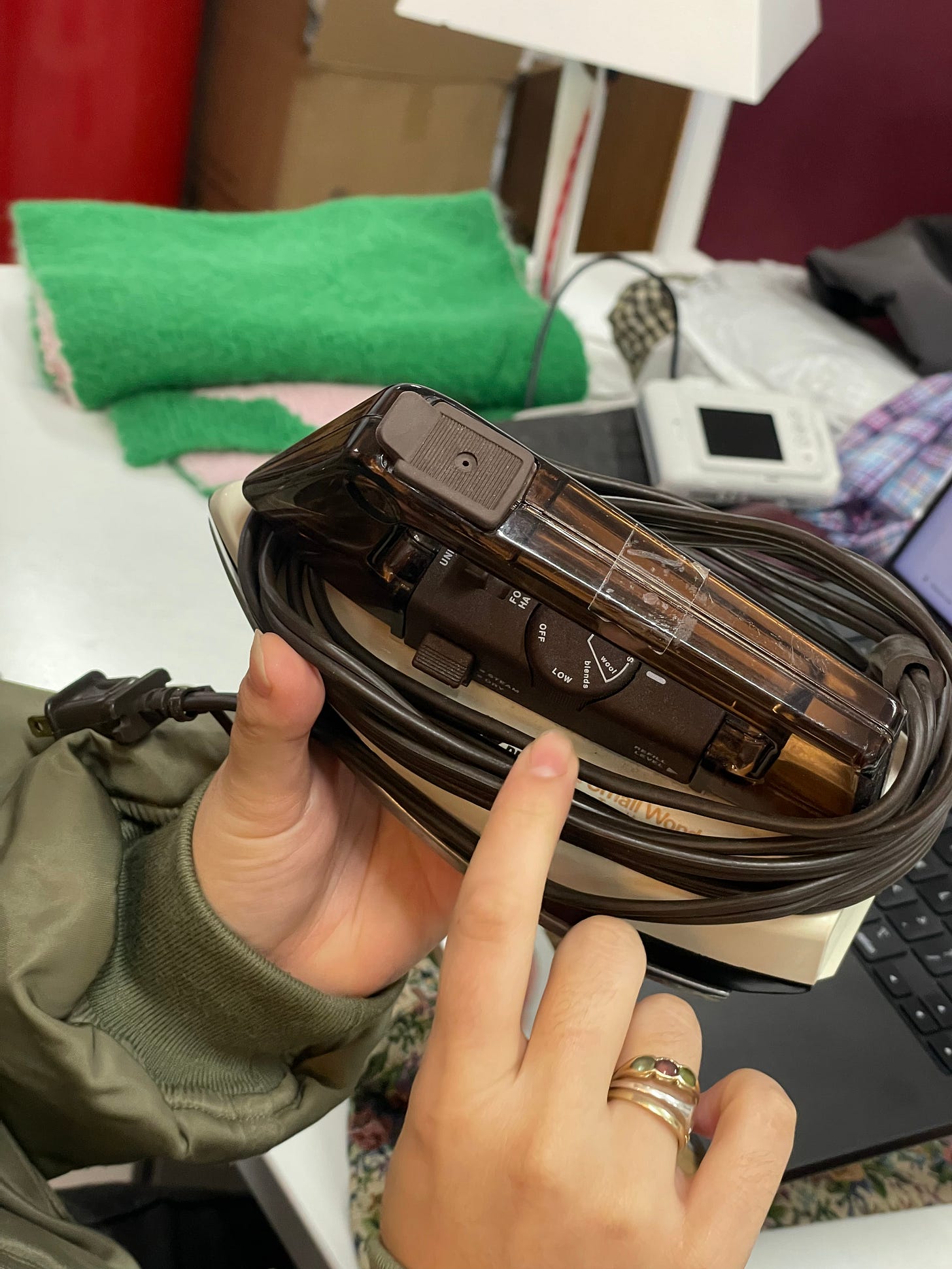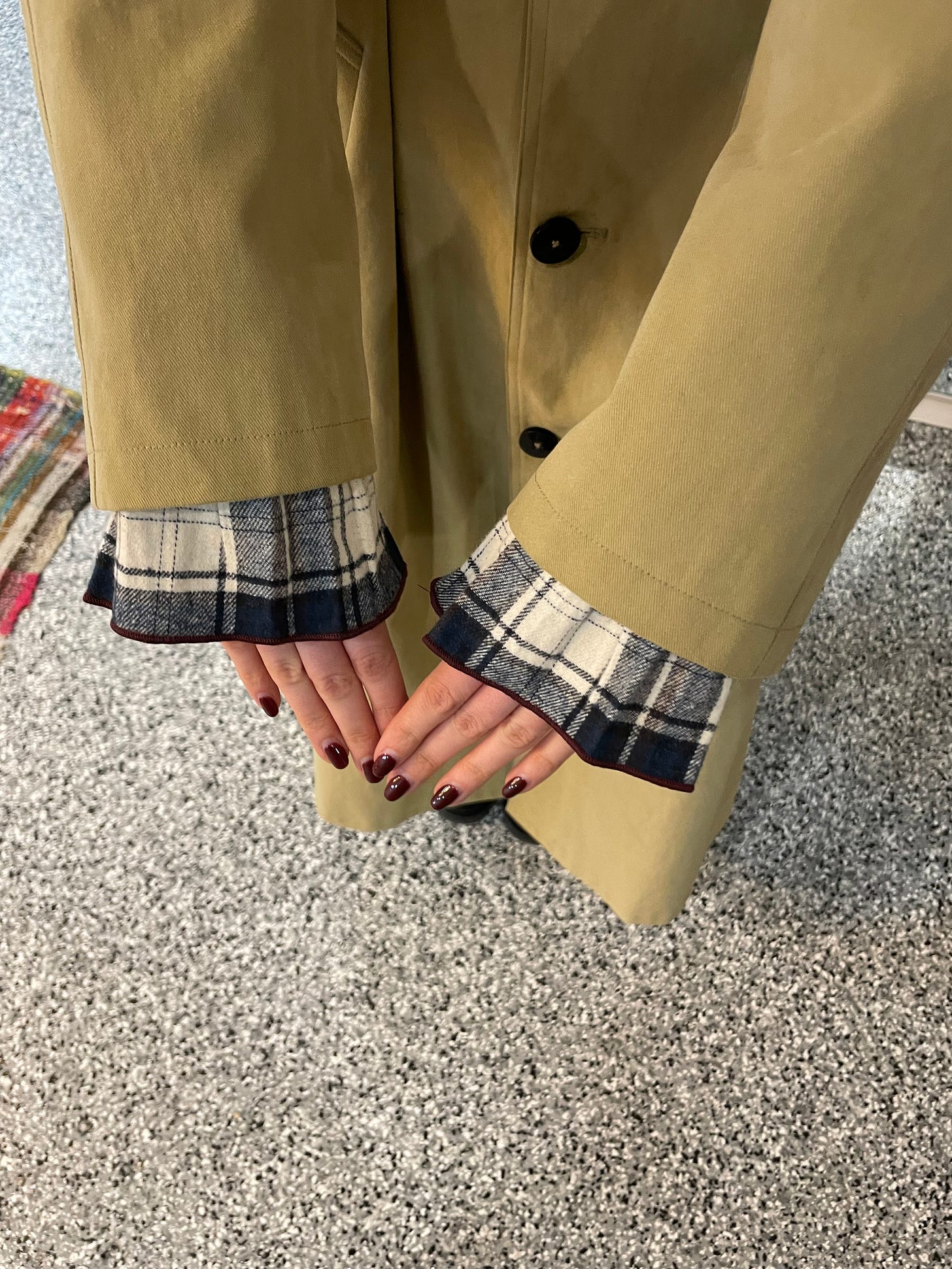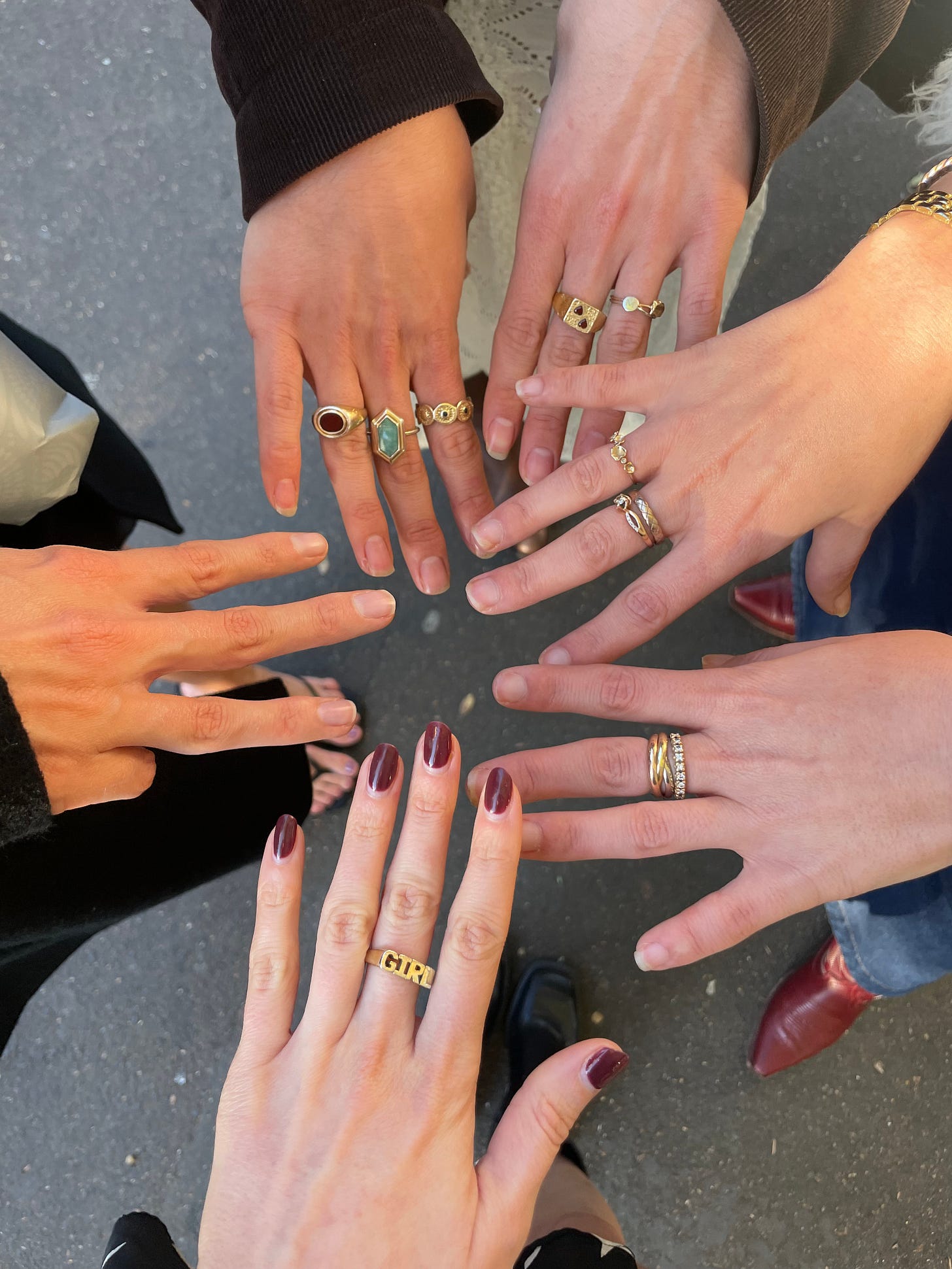There’s no better hallmark of 2020s style than ‘timelessness’.
What was once a question posed on every shopping expedition and e-comm scroll has become marketable in a way that negates its very purpose.
Instead of pragmatic wardrobe guidance, we’re left with a pretty lacklustre colour palette and plenty of utilitarian silhouettes.
Is reducing an outfit to its visual value years from now hurting our imaginations?
Currently, the worst case fashion scenario is a particular moment in time being pinpointed to that particular moment in time.
This is owed in part to distinct trend cycles becoming obsolete, and the runway-to-high street pipeline being shorter and faster than ever.
What has become of such a dynamic is fear of our camera rolls and social profiles becoming an obituary to things we used to like.
So commences the wild goose chase of a timeless look.
If the end goal is to produce images that could exist in any calendar, we’re forgetting that context exists whether we like it or not. The combination of a ‘timeless’ dress with the specific hairstyle and shoe will never not represent a moment in time. The people in the background, the technology in the foreground, the food on the tables, the hair ties around wrists; literature, images, art and texts simply aren’t immune to the impression of time.
It’s the reason a disposable photo taken in 2025 will still look obviously contemporary compared to a disposable photo taken in the 90s.
It’s the reason Gossip Girl will always preserve a particular era of socialising, with QWERTY keypads and Marc Jacobs. A Lady Gaga cameo might be eternal, but the series will always be a pre-2010s time capsule.
The themes of a good John Hughes movie might be timeless, but the wardrobe, set, culture and dialogue will forever allude to the 80s of it all, even in 4K.
Context clues and landscape idiosyncrasies will always supersede the idea of timelessness.
Fast forward to today, where attempting to outrun the zeitgeist has only amplified its presence.
The ‘timeless’ look has become a context clue of its own, epitomised by white linen and beige blazers. Why does evading the wrath of time mean suit slacks, neutrals and Oxford collars, all features traditionally found in menswear? Can frills, lace and colour not be timeless?
Timelessness used to be a lighthouse for a sustainable wardrobe, steering us away from impulse purchases and trendy infatuations.
Now, it’s a trend of itself.
It’s become a narrow question of whether we could wear the same outfit in the same way in the same setting at some point in the future, despite all other variables being unknown.
But time is an implication; its presence can be seen and felt regardless of our intentions.
The ability to truly transcend a moment is illusory, a concept that can only be true to each of us as individuals. We will always be ourselves, and for as long as our wardrobe reflects us, we are free from the shackles of timelessness.
The way we wear a black dress now will be different from how we style it in two, five, ten years’ time. The way it looks and the story it tells will morph with us and the eras we live through.
Taste evolves, style wanders, art fluctuates - is that not the fun of it all?





